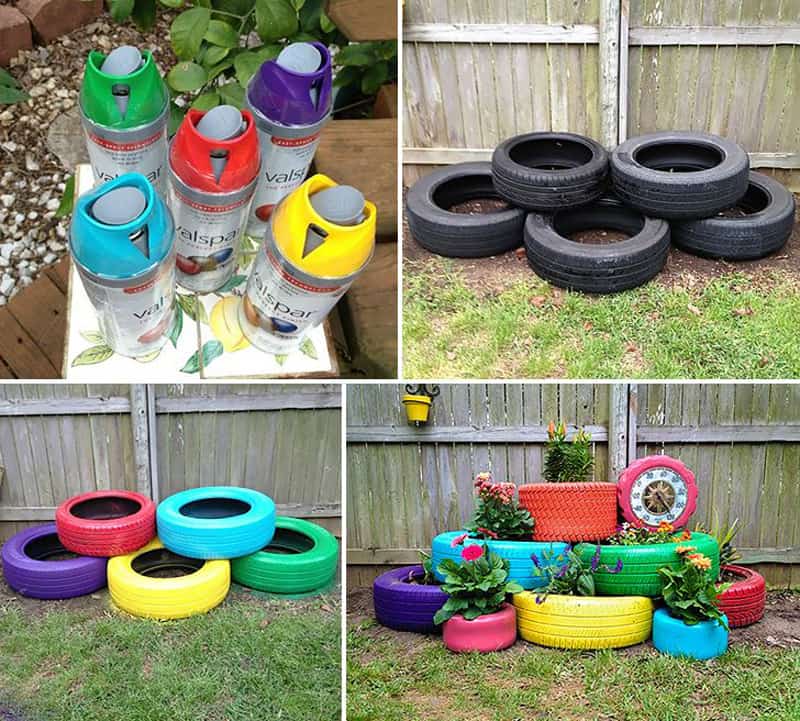

The municipal wastewater was derived in part from source water provided to each city by the Salt River Project (SRP), which acquired the source water and delivered it to each city by exercising groundwater and surface water rights (as described in Part 3 of this series). Previously, the cities had discharged their municipal wastewater into surface water channels, where downstream users appropriated it for agricultural use. Users of surface water downstream of the treatment plant sued the cities and utilities alleging that their arrangement violated the prior appropriation doctrine.
#Mentor recycled landscape materials generator#
Long addressed a contract whereby several Arizona cities agreed to provide wastewater from a municipal treatment plant to utilities for the cooling of electric generator stations.

The decision in Long held that entities generating reclaimed water have the legal right to use and sell the reclaimed water for any legal purpose and opened the door to the modern system of reclaimed water. Thanks to a 1989 decision of the Arizona Supreme Court, reclaimed water is subject to its own legal framework, rather than the law governing the right to use the original source of water - such as groundwater or surface water - from which reclaimed water is derived.
#Mentor recycled landscape materials series#
Prior articles in this series discussed the legal frameworks allocating the right to use groundwater, in-state surface water, and Colorado River water among the state’s many agricultural, municipal, commercial, and industrial users. If you have ever visited and admired the mall area at the University of Arizona campus, you have seen the beneficial use of reclaimed water. For another example, the City of Tucson has over 173 miles of pipes that serve over 1,000 customers, including schools, parks, and golf courses, with over 30 million gallons of reclaimed water per day during the summer. Scottsdale’s system provides reclaimed water to 23 golf courses, including the Tournament Players Club in North Scottsdale, where the Phoenix Open is played each year. Scottsdale, for example, operates a water campus capable of delivering 20 million gallons of non-potable water each day for turf irrigation. It is important to note that many of the golf courses and other turf areas that draw recreation-seekers to this state are not watered with precious potable water, but instead receive reclaimed water. Reclaimed water is typically used for agriculture, golf courses, parks, industrial cooling, maintenance of wildlife areas, or is stored underground to earn long-term storage credits (as described in Part 5 of this series). While this percentage is small relative to other sources, it is nevertheless important, and this importance will grow.Īt the present time, almost all reclaimed water in Arizona is treated to a quality suitable for non-potable uses only. According to the Arizona Department of Water Resources, reclaimed water makes up 5% of Arizona’s water supply. In practical terms, reclaimed water - sometimes referred to as “treated wastewater” or “effluent” - is water that is used, treated, and used again. The importance of reclaimed water will increase in coming years alongside advances in technology, an updated regulatory framework, public acceptance of reclaimed water as a component of municipal supply, and greater demand and scarcity in Arizona’s other water supplies.Īrizona law defines reclaimed water as water that has been treated or processed by a wastewater treatment plant.

Following an introduction, prior articles have discussed groundwater, in-state surface water, Colorado River water, and long-term storage credits. This article turns to reclaimed water - another important source of water in Arizona. This article is Part 6 of Snell & Wilmer’s series providing context for that dialogue as it applies to Arizona’s diverse and resilient water supplies. It seems that not a day goes by without another news story bringing Arizona to the forefront of a national dialogue about water security in a time of drought, changing climate, and growing population. Burnside, Fred Breedlove, John Habib, and L.


 0 kommentar(er)
0 kommentar(er)
